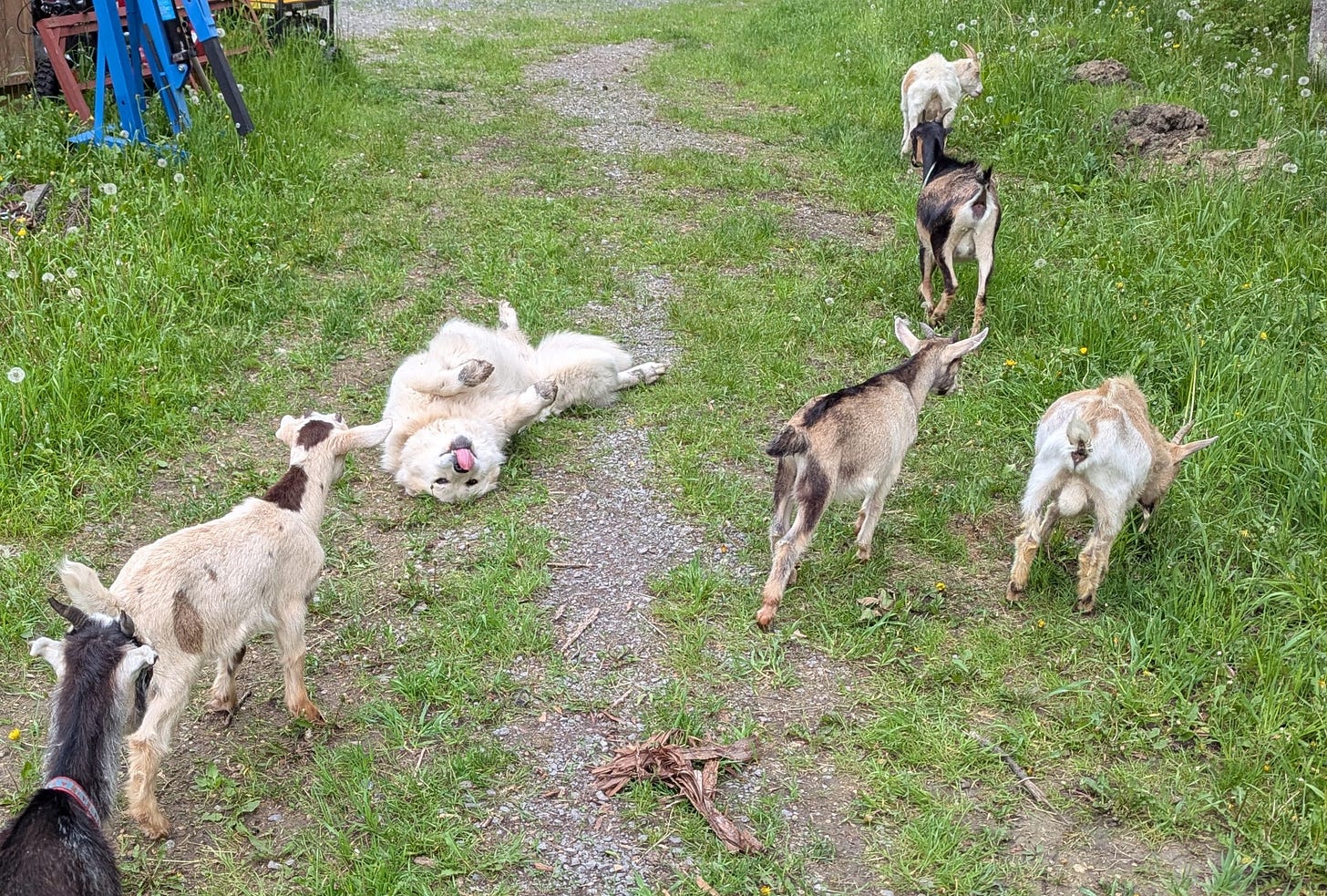Big thanks to the Public Imagination Network for inviting me to participate in their event yesterday. Today’s issue is a reflection and response to the conversations
Artists are not just creators. They are early warning systems. Cultural engineers. Collective dreamers. They sense what’s coming before we can name it. They craft stories and tools in the same breath, binding together emotion and function, meaning and mechanism.
In a world increasingly defined by systems of control—whether algorithmic platforms or policy regimes—the artist is both a threat and a target.
Because the artist refuses control.
Because the artist thrives in complexity.
Because the artist doesn’t wait for permission.
Marshall McLuhan once wrote that artists are the antennae of the culture, picking up signals that others miss. But in a society that punishes precarity and commodifies risk, these antennas are often broken or ignored.
Artists live lives defined by risk: economic instability, emotional vulnerability, and social marginality. But this risk is not a bug—it’s a feature. It’s what allows us to dwell in uncertainty, to experiment at the edge of sense, to imagine futures beyond the sanctioned and the safe.
And in a time when political imagination is in short supply, we need these antennas more than ever.
The Artists Commons
We talk about the “cultural sector” as if it’s a subset of the economy. But what if we treated it instead as a commons? A living network of mutual aid, shared resources, and collective care?
This reframing is essential. Because when we allow artists to be treated as service providers, entertainment vendors, or brand partners, we strip away the political potential of culture.
A true artists commons is a space of resistance—against enclosure, against appropriation, against extraction. It’s where public imagination grows wild, unowned, and unpredictable.
Artists build the frameworks through which we understand reality. They create metaphors, aesthetic forms, and tools of expression that become embedded in daily life.
They are both storytellers and toolmakers, and the distinction matters. Because the tools we use to tell stories shape the stories we’re able to tell—and vice versa.
This dual role is what makes artists dangerous to systems of control. To dominate the future, authority must dominate imagination. And to dominate imagination, it must dominate the tools of narrative and creation.
So artists are often subtly—and sometimes overtly—disciplined, co-opted, or silenced.
Policy is a Trap (Unless We Change the Frame)
Here lies the danger of engaging with policy: it’s too easy for good intentions to be appropriated. To be folded into the language of "innovation" and "resilience" while leaving systems of exploitation untouched.
Policy is a battleground of frames. Whoever controls the frame, controls the future.
The challenge, then, is not to avoid policy—but to reimagine it. To create frames that anticipate capture and evade submission. To build policy like artists build tools: iteratively, playfully, defiantly.
Too often the artist is imagined as a solitary figure, following an inner voice. But in reality, the artist's gaze is shaped by an invisible audience—the market, the funder, the algorithm, the "Great Other."
As Zizek notes, the Great Other doesn’t exist—but it still structures our desires. For artists, this might mean second-guessing what will go viral. It might mean chasing grants rather than visions. It might mean playing it safe.
This is the quiet violence of the algorithmic gaze: it rewards predictability, penalizes ambiguity, and polices imagination.
To resist this gaze is to reclaim one’s agency. To make art for the commons, not for the feed.
Control is Not Compatible with Complexity
Authoritarianism hates ambiguity. It cannot tolerate contradiction. It seeks to flatten the world into binary certainties.
But art revels in contradiction.
It dances in ambiguity.
It thrives in complexity.
To make space for the artist is to make space for complexity. And to do so is a radical act.
The artist is not an accessory to social change.
The artist is not a luxury.
The artist is a necessity.
In the battle for public imagination, artists are on the frontlines. Not because they seek power, but because they shape the very conditions under which power is seen, questioned, and reimagined.
To support artists is to defend the future.
To listen to artists is to hear what is coming.
To stand with artists is to stand with complexity, with ambiguity, with freedom.
Let us make policy worthy of that.
 Tiktok failed to load.
Tiktok failed to load.Enable 3rd party cookies or use another browser





